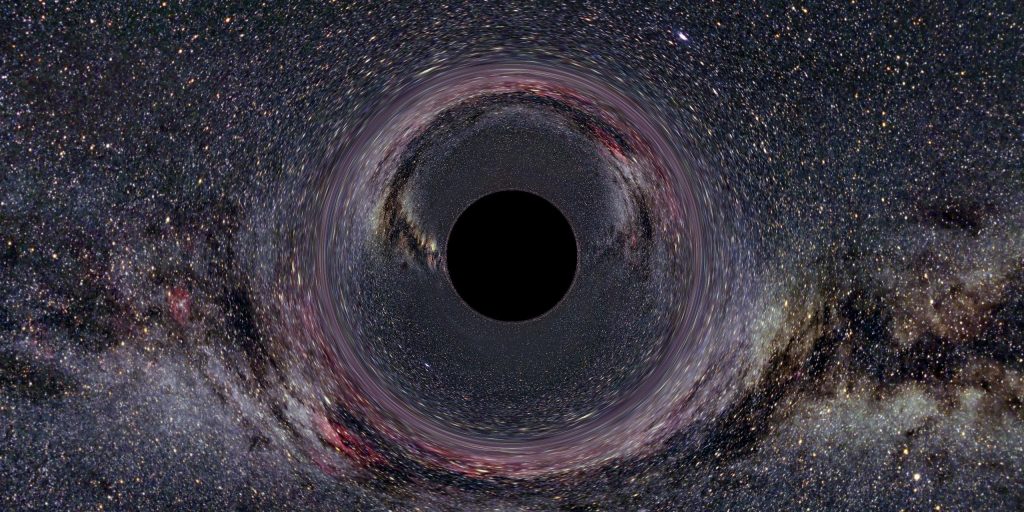Astronomers have found a supermassive black hole.
Others are reading now
Astronomers have discovered a supermassive black hole in a distant galaxy that is defying conventional understanding.
Growing 40 times faster than current theories allow, this discovery could reshape our knowledge of how black holes form and evolve — especially in the early universe. This was reported by Illustrated Science.
The black hole, dubbed LID-568, was identified by astronomers at the Gemini Observatory using the James Webb Space Telescope’s NIRSpec instrument.
This rapid growth rate challenges the Eddington limit, a theoretical cap on how quickly black holes can absorb matter.
Also read
According to this limit, outward radiation pressure from a black hole’s core should counteract gravitational pull, preventing excessive growth.
Yet, LID-568 somehow bypasses this restriction, raising questions about how black holes might have developed during the universe’s formative years.
“This discovery of a supermassive black hole in the early universe challenges our current models of black hole formation and growth,” said Hyewon Suh, an astronomer at the Gemini Observatory.
Black Holes in Three Classes
Astronomers categorize black holes into three general mass classes:
-
Stellar-mass black holes (lightweight), formed from collapsing stars, range from about three to 100 solar masses.
-
Intermediate black holes (medium), with masses between 100 and one million solar masses, are difficult to locate but could represent a transitional phase between stellar-mass and supermassive black holes.
-
Supermassive black holes (heavyweight), found at the center of galaxies like the Milky Way, range from millions to billions of solar masses, though their formation process remains mysterious.
The discovery of LID-568 suggests that certain black holes may have mechanisms allowing them to surpass known growth limits. This insight could be crucial in understanding the origins and evolution of supermassive black holes.
“While we don’t yet know how LID-568 crosses the Eddington limit, further investigation is planned with Webb to gather more data,” Suh noted. This research could provide new clues to the complex puzzle of black hole growth in the early cosmos.


